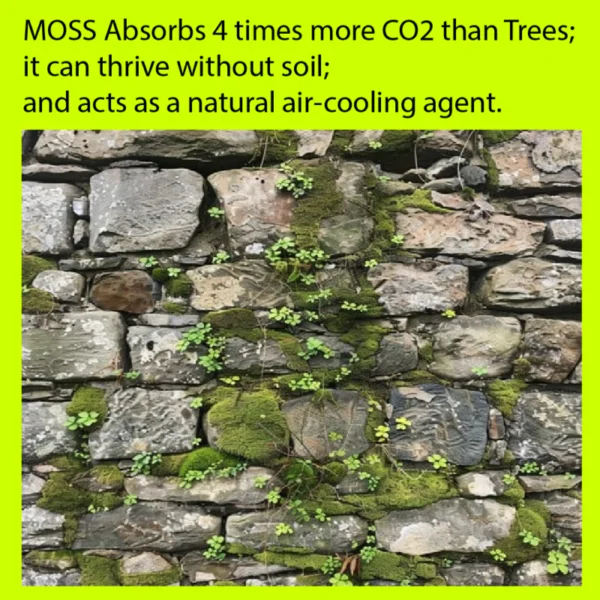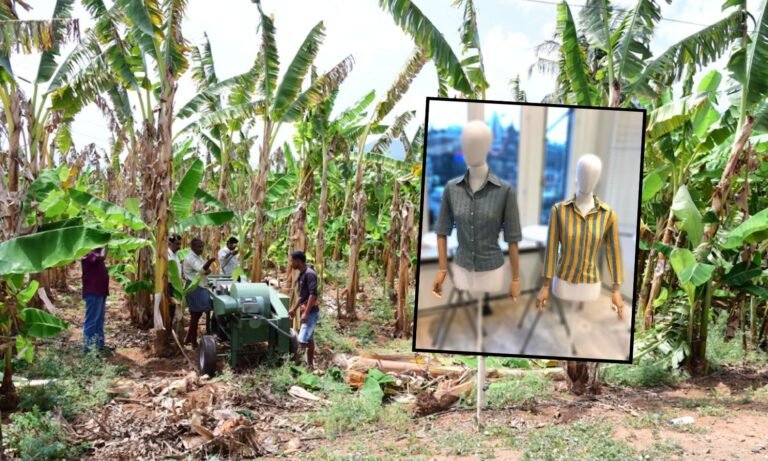MOSS may be tiny, but they do big things for the planet.
Mosses are small, non-vascular plants that grow in dense green clumps or mats in damp or shady locations. They may be tiny, but they do big things for the planet. CityTree, a moss-based air purification innovation developed by Germany’s Green City Solutions, has been implemented in various cities worldwide, including Hong Kong.
🌿 CityTree in Hong Kong
In July 2016, Hong Kong introduced Asia’s first CityTree outside the Hopewell Centre in Wan Chai. This initiative was a collaboration between Hopewell Real Estate Agency, JOS, and Microsoft Hong Kong. The CityTree stands three meters tall and integrates moss cultures with vascular plants to filter fine dust, nitrogen oxides, and other pollutants. Equipped with solar panels and IoT sensors, it monitors environmental parameters like temperature, humidity, and particulate matter, transmitting data for analysis via Microsoft’s Azure IoT Suite .


Hong Kong – Combining the Internet of Things with Biotechnology

Prototype- CityTree Glasgow.
CityTree
The installation aims to alleviate roadside pollution and enhance environmental awareness in the densely populated Wan Chai district. According to Green City Solutions, the moss in each CityTree Reduces CO₂ capturing as much carbon dioxide as 275 regular trees, but in a much smaller footprint, making it a space-efficient solution for urban areas. It cools the surrounding air and adds moisture—like a tiny, passive air conditioner – and the moss traps PM10 & PM2.5 tiny particles from cars, construction, and industry are harmful to human health.

✅ 1. Natural Air Filter
- Moss absorbs carbon dioxide (CO₂) and releases oxygen, helping reduce greenhouse gases.
- Some species can also absorb pollutants like particulate matter and heavy metals, improving air quality—especially in urban areas.
✅ 2. Carbon Sink
- Moss, especially peat moss (Sphagnum), plays a huge role in carbon storage.
- Peatlands (which are largely made up of moss) store more carbon than all the world’s forests combined.
✅ 3. Soil Protection & Erosion Control
- Moss helps bind soil together and prevent erosion.
- It thrives in places other plants can’t grow, such as bare rock or compacted soil, acting like a living carpet.
✅ 4. Water Retention & Filtration
- Moss absorbs and retains water like a sponge, reducing runoff and helping manage stormwater.
- It can filter rainwater and improve water quality by trapping impurities.
✅ 5. Biodiversity Support
- Moss provides microhabitats for insects, fungi, and microorganisms.
- It’s part of the food web and helps maintain healthy ecosystems in forests and wetlands.
✅ 6. No Roots, No Harm
- Since moss doesn’t have traditional roots, it doesn’t damage surfaces it grows on—like rocks or rooftops—making it ideal for green roofing or vertical gardens.
🌍 Bonus: Urban & Climate Applications
- Moss walls and moss-based air filters are being used in cities to combat air pollution.
- They’re low-maintenance, don’t need soil, and thrive with little light—perfect for green infrastructure in dense cities.















